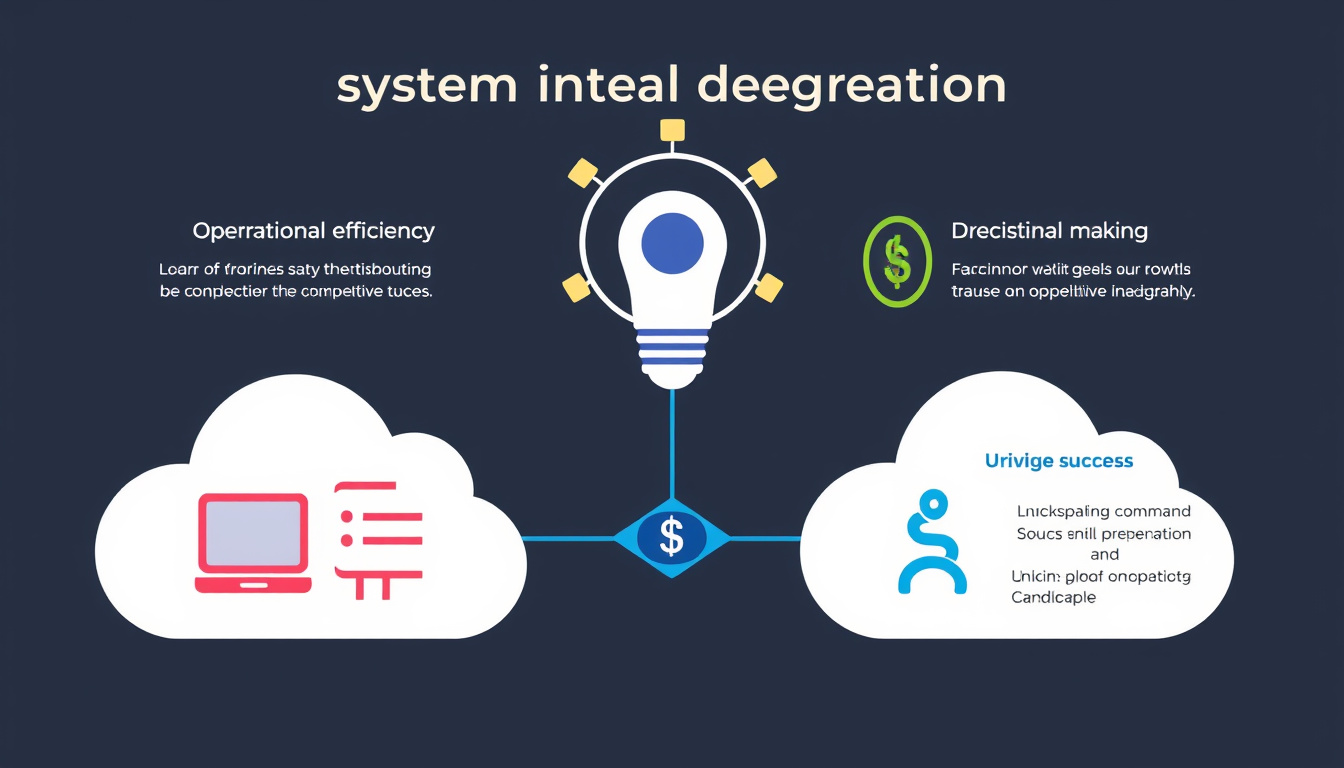In today's rapidly evolving digital landscape, businesses are increasingly relying on a multitude of software applications and systems to manage operations. As these technologies proliferate, so do the challenges associated with integrating them. System integration has emerged as a critical strategy for businesses aiming to streamline operations, enhance accuracy, and improve decision-making through unified data access. This guide delves into the fundamentals of system integration, its benefits, challenges, and various methods employed in modern business environments.

What is System Integration?
System integration refers to the process of linking different computing systems and software applications physically or functionally to act as a coordinated whole. This process ensures that all individual sub-systems work seamlessly together, enhancing their overall functionality. As organizations increasingly adopt cloud applications and sophisticated technology stacks, ensuring that these various systems connect properly becomes essential for operational success.
The primary goal of system integration is to facilitate the smooth flow of information across the organization, allowing data to be shared easily, quickly, and accurately. This is particularly important as data silos can lead to inefficiencies and inaccuracies that hinder informed decision-making.
Benefits of System Integration
Implementing robust system integration offers a myriad of benefits for businesses:
1. Enhanced Efficiency
By integrating disparate systems, organizations can eliminate manual data entry, reduce duplication of efforts, and automate redundant tasks. For example, the integration of enterprise resource planning (ERP) systems with expense management solutions can lead to streamlined financial processes and reduce administrative burdens.
2. Improved Decision-Making
Integrated systems provide real-time access to essential data from various sources. This centralized view equips decision-makers with up-to-date, reliable information, enabling them to respond swiftly to market changes and opportunities.
3. Cost Savings
Effective system integration can significantly lower operational costs by optimizing processes and resource allocation. By automating workflows, organizations can also identify redundancies and eliminate unnecessary systems.
4. Compliance and Risk Management
A unified data architecture facilitates better monitoring and controlling of data flows, making it easier for organizations to maintain compliance with regulatory requirements. Additionally, improved data security measures can be established through system-wide protocols, protecting sensitive information.
5. Scalability and Flexibility
Integrated solutions are designed to be adaptable, allowing organizations to grow and scale without incurring significant additional costs. This adaptability is vital in a business environment characterized by constant change.
Methods of System Integration
Various approaches exist to achieve effective system integration, each suited for different organizational needs:
1. Point-to-Point Integration
This method connects discrete systems directly but can become unwieldy and complex as the number of systems increases. It's best used for limited scope projects.
2. Vertical Integration
This approach organizes systems by functional silos. While it simplifies integration for specific applications (such as finance), it can limit scalability and flexibility.
3. Star Integration
Also known as spaghetti integration, this method connects multiple systems in a way that resembles a star diagram. Although it offers flexibility, it can lead to high maintenance costs and complexity.
4. Horizontal Integration
Using an Enterprise Service Bus (ESB), horizontal integration allows multiple systems to communicate through a single interface, significantly reducing the number of direct connections. It facilitates data exchange seamlessly across different platforms.
5. Common Data Format Integration
This method transforms data into a standardized format, simplifying data sharing among disparate systems.
6. API Integration
Application Programming Interfaces (APIs) are a widely used solution that allows systems to communicate and transfer data efficiently. They act as a set of rules for how different software components interact.
Challenges of System Integration
Despite its numerous benefits, system integration is not without its challenges. Organizations often face issues such as:
- Complexity in Integration: Many organizations struggle with integrating legacy systems with new technologies, leading to a backlog in implementation.
- Data Silos: A lack of willingness to share data across departments can hinder integration efforts and lead to inefficiencies.
- High Costs: The financial investment required for a comprehensive integration strategy can be significant.
- Finding Talent: Locating qualified professionals to manage integration projects can be a challenge.
Conclusion
As businesses continue to expand their technological environments, system integration will play an increasingly vital role in ensuring these systems can collaborate effectively. A well-executed integration strategy boosts operational efficiency, enhances decision-making capabilities, and drives financial savings. By understanding the methods and benefits of system integration, organizations can harness the full power of their technology stack, turning potential challenges into opportunities for growth. Embracing system integration is not merely about survival in the competitive landscape—it's about thriving and unlocking new possibilities for success.
Get started with your free Managed IT Services assessment today! Contact us at info@logicstechnology.com or by phone at (888) 769-1970.

